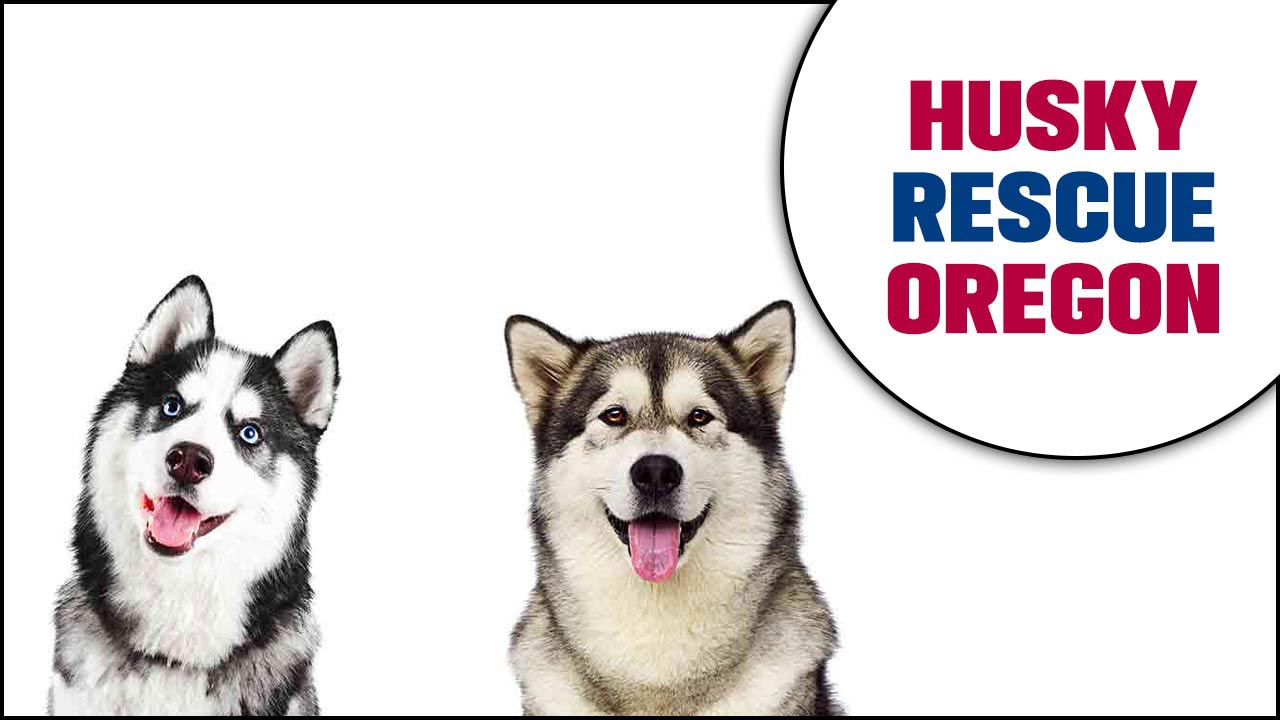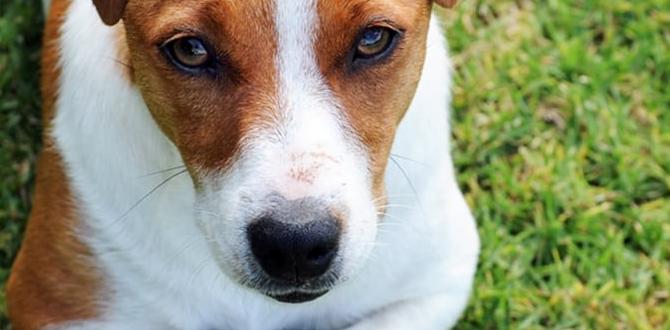Finding Tranquility: Dog Calming Techniques at Home for a Happier Hound
Dog calming techniques at home are central to creating a peaceful and harmonious environment for both you and your canine companion. In our busy lives, it’s easy to overlook the subtle (and sometimes not-so-subtle) signs of stress or anxiety in our pets. However, understanding and implementing effective calming strategies can significantly improve your dog’s quality of life and strengthen your bond. From a sudden thunderstorm to a new person entering the house, dogs experience stress for a multitude of reasons. Fortunately, you don’t need a professional trainer or expensive remedies to help your furry friend find their zen. Many powerful and easily accessible solutions can be incorporated right into your daily routine.
Often, the first step in helping a stressed dog is to identify the triggers. Is it loud noises, separation anxiety, car rides, or unfamiliar situations? Once you have a better understanding of what’s causing distress, you can begin to implement targeted dog calming techniques at home. It’s important to approach these techniques with patience and consistency. What works for one dog might not work for another, so observation and a willingness to experiment are key.
Understanding Common Canine Stressors and Solutions
Dogs can become stressed for a variety of reasons. Loud noises like fireworks, thunderstorms, or even vacuums can send them into a panic. Separation anxiety is another prevalent issue, where dogs become distressed when left alone. New environments, unfamiliar people or animals, and changes in routine can also contribute to a dog’s anxiety. Recognizing these common stressors allows you to proactively prepare and implement calming measures.
For noise phobias, creating a “safe space” is paramount. This could be a crate, a designated corner of a room, or even a closet, furnished with comfortable bedding and toys. During stressful noise events, you can help your dog by remaining calm yourself. Your anxiety can be picked up by your dog, exacerbating their own. Playing calming music specifically designed for dogs or using white noise machines can also help to mask the offending sounds. Consider using a thunder shirt or a snug, anxiety-reducing wrap that applies gentle, constant pressure, mimicking the feeling of being swaddled.
Harnessing the Power of Routine and Predictability
One of the most impactful dog calming techniques at home is establishing a predictable routine. Dogs thrive on consistency. Knowing what to expect throughout the day – feeding times, walk times, play times, and bedtime – provides a sense of security. When a dog’s routine is disrupted, it can lead to uncertainty and anxiety.
Therefore, aim for regularity in your dog’s daily schedule. This includes consistent meal times, regular opportunities for exercise and potty breaks, and predictable times for interaction and training. If you know a change in routine is coming, like a vacation or a different work schedule, try to gradually introduce some of the upcoming changes beforehand to help your dog adjust more smoothly. A consistent environment, where furniture and their belongings remain in the same place, also contributes to a dog’s feeling of stability.
The Importance of Exercise and Mental Stimulation
A tired dog is often a calm dog. Regular physical exercise is crucial for managing a dog’s energy levels and releasing pent-up stress. The type and duration of exercise will depend on your dog’s breed, age, and health. A brisk walk, a game of fetch, or a romp in the park can do wonders for their well-being.
Beyond just physical exertion, mental stimulation is equally vital. Engaging your dog’s mind can prevent boredom, which often leads to destructive behaviors and anxiety. Puzzle toys, interactive treat dispensers, and training sessions that challenge their cognitive abilities are excellent ways to provide mental enrichment. Even simple games like “find the treat” can keep their minds engaged and reduce stress. Incorporating training into your daily routine reinforces commands, strengthens your bond, and provides a structured outlet for their energy and focus, proving to be effective dog calming techniques at home.
Leveraging Natural Calming Aids and Sensory Approaches
Beyond behavioral modifications, several natural dog calming techniques at home can be explored. Certain pheromone diffusers and sprays mimic the natural calming pheromones that mother dogs release, creating a sense of security for their puppies. These can be particularly helpful for managing separation anxiety or stress related to new environments.
Aromatherapy tailored for dogs can also be beneficial. Lavender, chamomile, and vetiver are often used for their calming properties. Always ensure you are using high-quality, dog-specific essential oils and diffusing them safely, ensuring good ventilation and that your dog can leave the area if they choose. Massage can also have a profound calming effect. Gentle stroking, particularly around the neck and shoulders, can help release tension and promote relaxation. There are even specific canine massage techniques you can learn to help soothe your anxious pet.
Positive Reinforcement and Building Confidence
Building your dog’s confidence is a preventative and proactive approach to managing anxiety. Positive reinforcement training is a powerful tool in this regard. When you reward desired behaviors, you not only encourage them but also build your dog’s sense of accomplishment and security. This is particularly important for dogs who may have had negative experiences in the past.
Gradually exposing your dog to their triggers in a positive and controlled manner, known as desensitization and counter-conditioning, can help them overcome their fears. For example, if your dog is scared of the vacuum, you can start by simply having the vacuum in the room while you give them treats. Over time, you can turn it on for a very short period at a distance, rewarding any calm behavior. This slow, methodical approach helps your dog associate the trigger with positive experiences rather than fear. Building trust and a strong, positive relationship is at the core of all effective dog calming techniques at home. By understanding your dog’s needs and implementing these various strategies, you can cultivate a truly peaceful and happy home for your beloved companion.
Meet Elyse Colburn, the devoted canine companion and storyteller behind the enchanting world of “Tales, Tails, and Adventures Unleashed.” A passionate dog enthusiast with a heart full of paw prints, Elyse Colburn shares heartwarming tales and insightful adventures, celebrating the joy, loyalty, and endless antics that make every dog a true hero. Join Elyse Colburn on this tail-wagging journey, where every post is a love letter to our four-legged friends.




